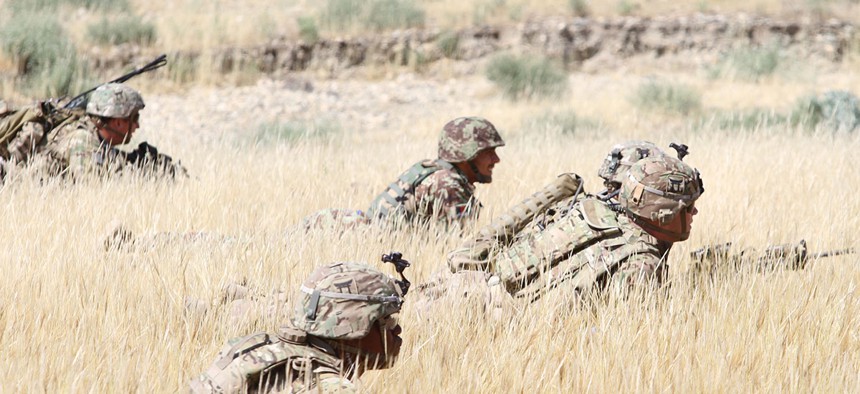In a speech delivered Monday in Fort Meyer, Virginia, Donald Trump confirmed what was expected: he is walking back opposition to military involvement in Afghanistan, and instead sending more troops to a war that’s already cost the US some $800 billion and over 2,400 troops’ lives. After Obama failed to make good on his promise to withdraw from Afghanistan, Trump seems set to follow the same path.
This essentially confirms something the rest of the world has been suspecting for decades: Once it gets involved in a conflict, the US seems just incapable of leaving. According to the Department of Defense, the US still controls or operates 179 bases in Germany, hundreds more all over Europe, and 109 in Japan.
David Vine, author of Base Nation: How US Military Bases Abroad Harm America and the World, reports that as of 2015, the year of the latest available official count (pdf), the US had 686 bases in 74 countries. Contrasting the US to two other countries with large militaries, France has bases (pdf, p. 6) in five countries (as well as five overseas French territories), while the UK has them in eight countries , not counting bases it shares with the US and NATO.

The US also lists troops in most countries of the world, though in several cases the presence is negligible (sometimes, a couple of people attached to the embassy, for instance), but often enough it’s a more sizeable contingent. Here’s a map of US’s worldwide military presence in the form of either bases or at least 1,000 troops.
The map above doesn’t take into account NATO bases where US troops may be, or rumored secret bases. It’s not a definitive count, as the data about the US’s military presence are fragmented and incomplete (more on this here).








